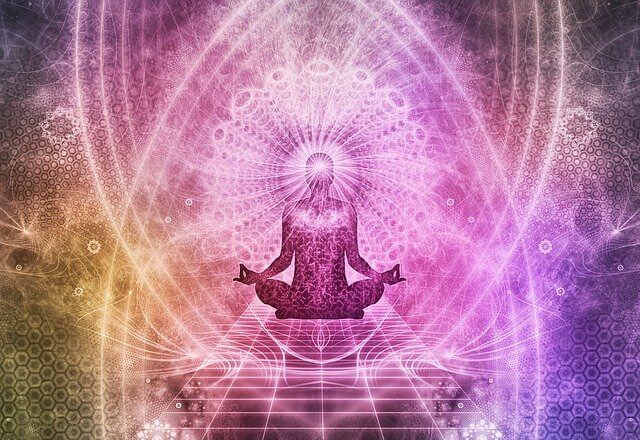
This is a true method for developing the amazing Reiki healing ability to cure any disease in just 5 days of training.
Kaiji Tomita was a Japanese man living in Osaka in Japan in the Taisho era (1912-1926).
Kaiji Tomita
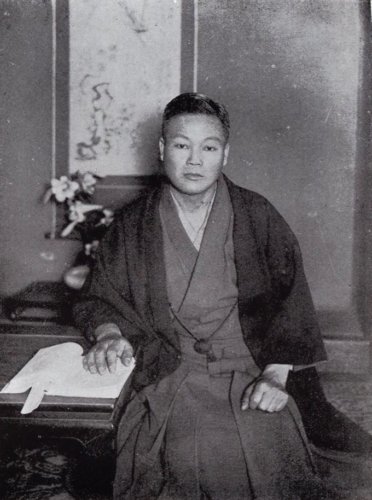
Tomita learned the original Reiki directly from Mikao Usui, the founder of Reiki at the Usui Reiki Ryoho Gakkai (Usui Reiki Therapy Society).
If you are interested in the details of the amazing life of Mikao Usui, the founder of Reiki, please click the link below.
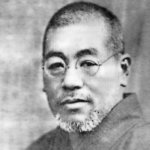
After that, in order to spread Reiki in Japan, Tomita opened his clinic in front of Ichioka Junior High School (the current Ichioka High School) in Minato-ku, Osaka, where he established the “Tomita Hands-on Healing.”
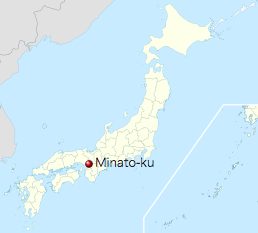
Source – Own work
Amazingly, Tomita gained a miraculous healing power to cure all kinds of diseases in only 10 hours of Reiki training.
If you are interested in the episode of Kaiji Tomita’s Reiki treatment shortly after he learned Reiki, please click the link below.
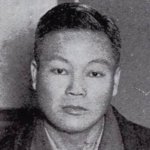
According to Tomita, such power is inherent in all humans, and anyone can acquire it if they train in the right procedures.
Fortunately, Tomita described in considerable detail how to develop his Reiki healing abilities in his book “Reiki to Jinjutsu: Tomita-Style Hands-on Therapy” which was published in 1933.
In this post, I would like to introduce Kaiji Tomita’s method for developing amazing Reiki healing ability to cure any disease in just 5 days of training.
Kaiji Tomita’s Amazing Reiki Treatment Results
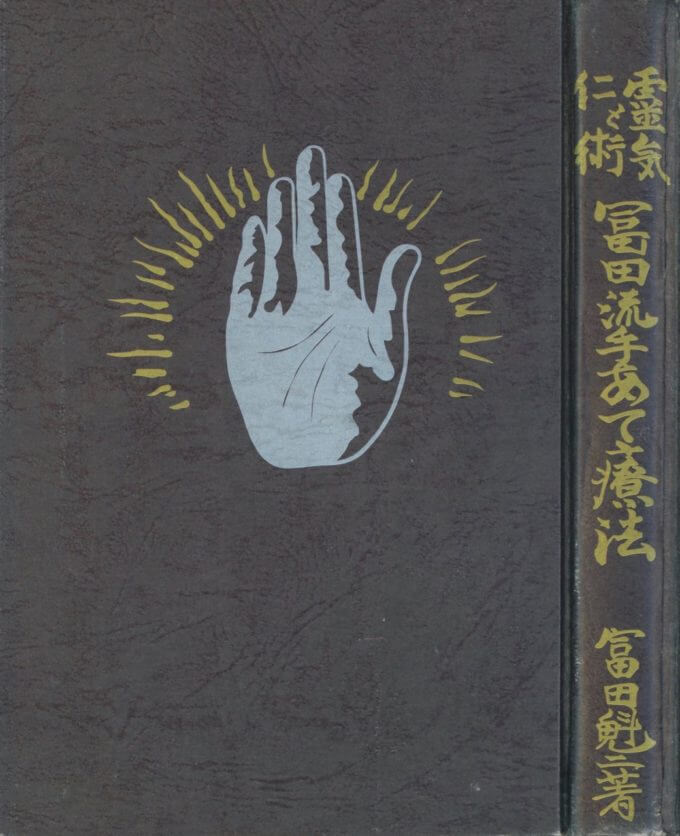
It is almost 100 years since Mikao Usui discovered Reiki in 1922.
Today, Reiki has spread all over the world, and there are said to be as many as 10 million Reiki practitioners.
However, it is known that the healing abilities demonstrated by the founder, Mikao Usui, and his direct disciples such as Chujiro Hayashi and Kaiji Tomita in Japan in the early 1900s were at an extraordinarily high level compared to those of today’s Reiki masters.
Kaiji Tomita demonstrated an astonishingly high level of Reiki healing ability and cured many incurable and seriously ill people with his hand power.
In fact, in his book “Reiki to Jinjutsu,” Tomita describes his astounding Reiki treatment results.
According to the book, here’s a breakdown of his Reiki treatment achievements.
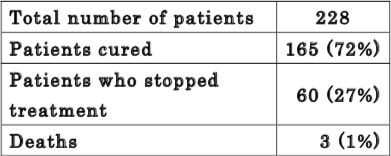

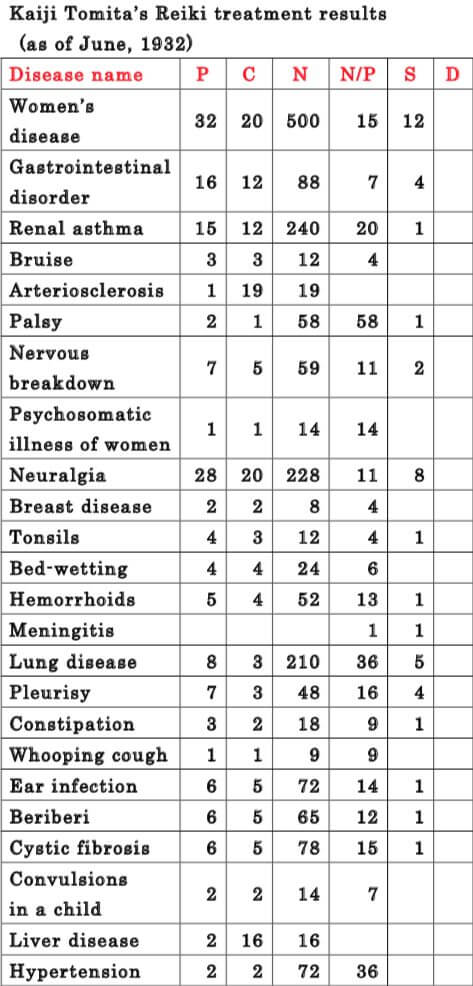
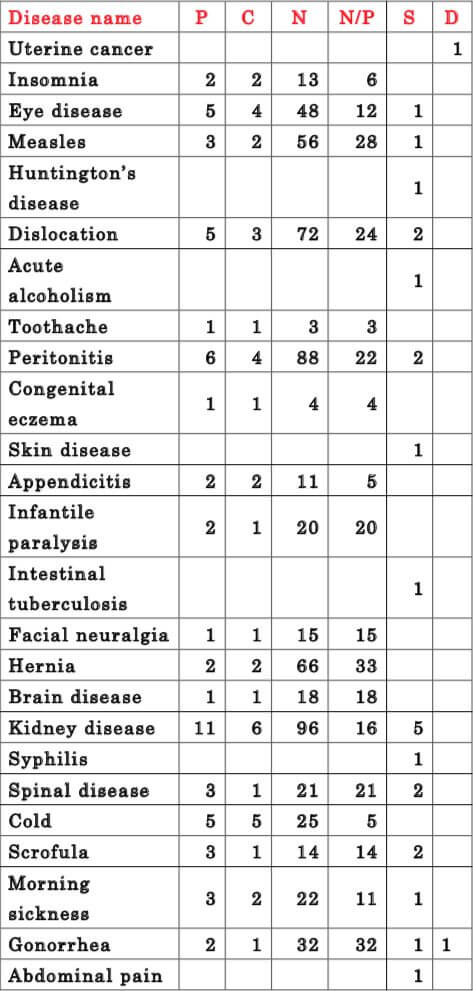
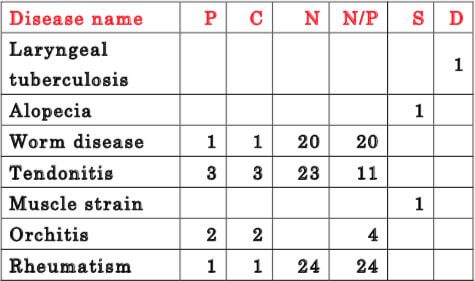
The disease names in the table above are based on the diagnosis of the physician who examined the patients and on the patients’ own declaration of disease.
Also, “patients who stopped treatment” are not those who were not cured, but those who started Reiki treatment and then stopped it after one to several treatments without seeing results.
Since Reiki essentially cures diseases by enhancing the natural healing power of the body, the effect of Reiki is often unclear at the time of treatment, but after the treatment, the effect of the treatment appears spontaneously with time.
Therefore, many patients stop the Reiki treatment halfway through because of the lack of visible effects at the time of treatment.
According to Tomita, the treatment results above are based on the patient’s report at the time of treatment, which makes the cure rate lower than it actually is.
So, Tomita is convinced that if he was able to finish his Reiki treatments without stopping, he would have achieved remarkable results.
Usually, Reiki practitioners only present those who have been cured as the results of their treatment but often do not mention those who were not cured or who stopped the treatment midway.
Therefore, it is worth noting that Kaiji Tomita is honest in disclosing his Reiki treatment results, including those who were not cured and those who stopped treatment midway.
What’s more, to Tomita’s disadvantage, many of my patients who sought his Reiki treatments were either incurable people who had been abandoned by their doctors or who had not been cured by hospital treatment for years.
Nevertheless, Tomita’s 72% cure rate for such a wide range of diseases is a remarkable achievement, because all of these patients are those whom the doctors could not cure with conventional medicine.
In any case, it is astounding that Tomita saved 165 people from suffering from incurable diseases that had been abandoned by doctors or that could not be cured by years of hospital treatment simply by placing his hand on the affected area.
Why Has Western Reiki Deteriorated Much More Than the Original Usui Reiki Therapy?
By the way, of the 10 million Reiki practitioners around the world today, how many have the same level of healing power as Kaiji Tomita?
Honestly, I don’t think there’s a single person that can match him.
On the contrary, it seems that there are many mediocre Reiki masters who can only achieve treatment results that are not much different from the placebo effect.
Here, the following questions may arise.
Why is there so much difference between these Japanese Reiki masters in the early 1900s and modern Reiki masters in their Reiki healing abilities?
What has made such a difference?
According to some prevailing theories, the Western Reiki techniques spread outside of Japan by Takata Hawayo have left out some important essentials from the original Reiki techniques of the founder, Mikao Usui.
Hawayo Takata and Chujiro Hayashi
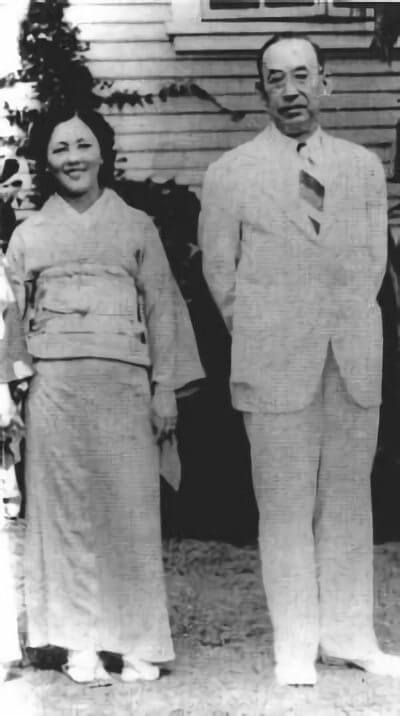
Therefore, the healing abilities of Western Reiki Therapy have deteriorated significantly compared to those of the original Usui style Reiki Therapy.
One of the important techniques that Western Reiki has lost from the original Usui Reiki therapy is the technique of diagnosing disease based on “Byoukan” (the sensation of Reiki in the area of the disease) felt in the palm of the hand.
Byoukan is the equivalent of “Byousen” in Jikiden Reiki, also known simply as “Hibiki.”
Acquiring this sense of Byoukan is one of the most important techniques of Kaiji Tomita’s Reiki therapy.
The Significance of Seiza in Original Japanese Reiki
Another important technique that Western Reiki has lost is to achieve “mind-body harmony” through seiza.
By the way, reiki practitioners in Western countries seem to have a stronger tendency to focus only on visible formality in their Reiki training, such as hand positions, and to disregard the harmony between invisible mind and body.
Unfortunately, even Japanese Reiki masters today, many of whom are so Westernized in their thinking, seem to have lost sight of the most important aspect of the original Reiki, which was “mind-body harmony.”
According to Tomita, the significance of seiza (sitting calmly and quietly) is that it is a means of limiting the activity of the body and stimulating the activity of the mental faculties, and in essence, it is a way of seeking harmony between mind and body.
It should be noted that Mikao Usui, the founder of Reiki, also acquired the amazing healing ability with Reiki shortly after reaching a state of enlightenment through zazen practice at a Zen temple on Mount Kurama in Kyoto.
As Tomita writes in his book, Usui placed a great deal of importance on seiza in his Reiki practice, and Tomita himself was forced to sit, so long that his legs became numb and he could not stand up.
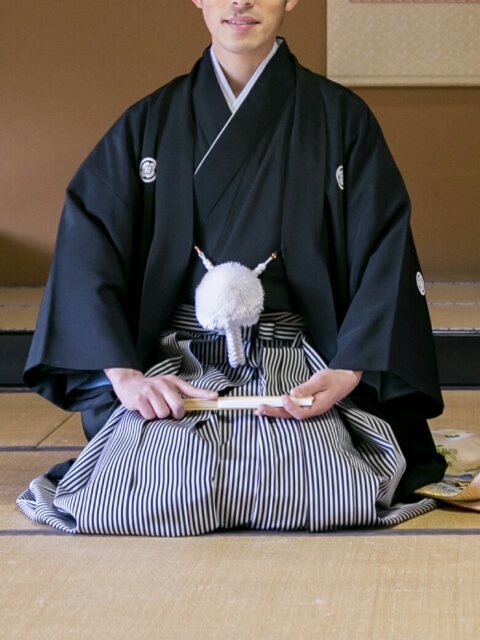
Also, Chujiro Hayashi, who imparted Reiki therapy to Takata Hawayo, is also known to have cautioned practitioners in his Reiki sessions to practice Reiki treatment in a posture that did not put pressure on Tanden (the Lower Dantian in Chinese).
It is clear from these facts, there is no doubt that Usui and his direct disciples placed great importance on zazen techniques, such as the posture of seiza and the ability to harmonize mind and body by focusing the mind on Tanden during seiza, as the secret to drastically enhancing their Reiki healing abilities.
And this zazen technique is the “second essential key” that was lost from the original Usui Reiki techniques when Takata Hawayo spread Western Reiki around the world.
In other words, the differences between the original Usui Reiki and Western Reiki are as follows
Original Usui Reiki therapy had the amazing disease healing power to completely cure the seriously ill who could not be cured by conventional medicine.
↓
The first essential key (acquiring this sense of Byoukan) has been lost in Western Reiki.
↓
The second essential key (achieving mind-body harmony through seiza) has been lost in Western Reiki.
↓
As a result, mediocre Western Reiki masters with only the same healing ability as the placebo effect were mass-produced around the world.
How to Achieve Mind-Body Harmony Through Seiza

Now that we know the importance of mind-body harmony in Reiki, how exactly can we harmonize the body and mind?
According to Tomita, the most important thing to do when you try to cultivate your mind by seiza is to forget “yourself.”
For example, each person has his or her own status and class, but when you are cultivating your mind, you need to renounce all these kinds of things and feel as if you have been born again.
At the beginning of your first days of sitting, many things may pop into your head.
The more you try not to think about anything at this point, the more worldly thoughts come up into your head, but this is the same for any person.
According to Tomita, one way to suppress these worldly thoughts that arise in the midst of sitting is to pray to God and Buddha you believe in and purify your mind.
Also, Tomita suggests the following method of suppressing distractions.
In your awareness, try to establish a close relationship between Tanden and the palms of your hands while sitting so that your Tanden, the center of your joined palms, and your nose are connected by a single heart thread.
Note here that you should feel as if your mind is centered within Tanden.
Tanden is considered to be located about two fingers below the navel and considered to be the center of gravity of your body and a source of spiritual energy according to Japanese philosophy.
In Japanese Zen, Shinto, and martial arts, Tanden, also known as “Hara”, has been emphasized since ancient times, and is considered to be an important key to reaching the state of mind-body unity.
In his book, Tomita points out that Tanden may be related to kidney function, but it seems that he may be trapped in a Westernized way of thinking.
In fact, according to Zen and Shinto philosophy, Tanden is a crucial key to man’s attainment of enlightenment.
In Japanese Zen, it is believed that by settling the mind within Tanden, your mind and consciousness cease to work and you reach a state of enlightenment.
About the relationship between Tanden and the mind, Harumichi Hida (1883-1956), the founder of Hida-siki spirited body training system (Kyoken-jutsu) scientifically studied the relation between the posture of the body and the mind through his own practice.
Harumichi Hida (1883-1956)
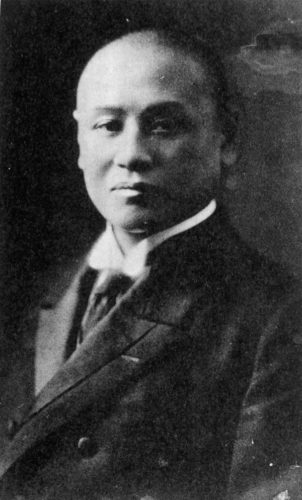
As a result, Harumichi discovered that when a person straightens his/her back holding a correct posture, and concentrates all his/her strength in the center of the body, his/her mind is also concentrated on the center of the body.
In the following figure, point A represents the navel, point B represents the lower back and the point O represents the center of the body.
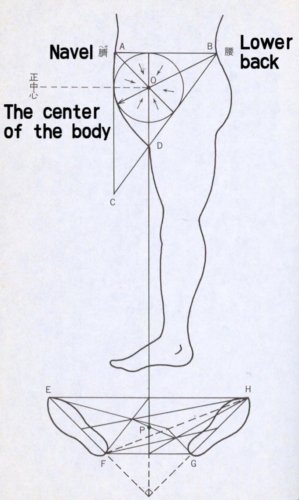
When the mind is concentrated on the center of the body, his/her all distracting thoughts and desires automatically disappears.
In fact, Dogen Zenji (1200-1253), a Japanese Buddhist priest and founder of the Soto school of Zen in Japan writes the secret of attaining enlightenment as follows,
Sit upright and do not lean to the left, right, front or back.
Your ears should be on the same plane your shoulders and your nose in line with your navel.
Dōgen watching the moon. Hōkyōji monastery, Fukui prefecture, circa 1250.

Just as Dogen once said, when the mind is concentrated on the center of the body, the person attains a spiritual state of nothingness.
That was the discovery of Harumichi.
Interestingly, according to Harumichi, anyone can automatically attain the spiritual state of nothingness by correcting their posture and by concentrating all their body on the center of the body.
If you are interested in Harumichi Hida’s amazing life, please click the link below.
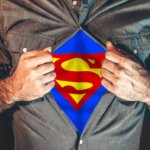
According to Tomita, while feeling as if your mind is centered within Tanden, also focus part of your mind on the sensations of Reiki radiating from your palms in joined hands, and always be aware of harmonizing your mind with Reiki that is released from your fingertips.
In other words, by keeping your mind centered on Tanden and focusing part of your mind on Reiki emitted from the palms of your hands, try to connect Tanden and the center of your palms and nose (head) with a “single line of mind” centered on Tanden.
Here, it should be noted that you should not be too preoccupied with the pain in both legs due to prolonged sitting.
According to Tomita, in order for an ordinary person to be able to emit Reiki that can cure even intractable diseases, it is more important than anything else to practice daily without being limited by the number of times or formality.
That way, even the sick and infirm can acquire Kaiji Tomita’s amazing Reiki healing power with daily practice.
(Continue to “How to Completely Master Amazing Reiki Therapy in Just 5 Days of Training” [Part 4])
Reference
- Kaiji Tomita (February 1933). “Reiki To Jinjutsu: Tomita-Style Hands-on Therapy.”
Published on October 25, 2020
Written by OTAKUPAPA

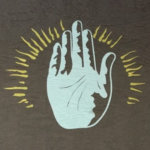
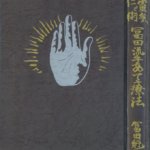
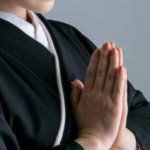
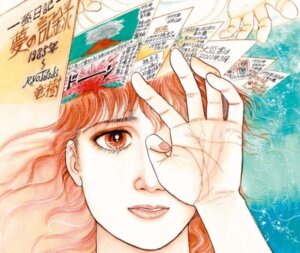
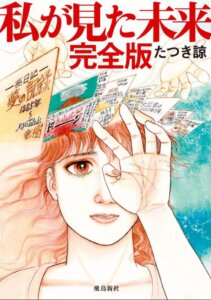
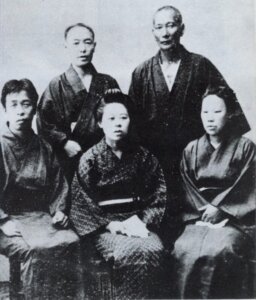

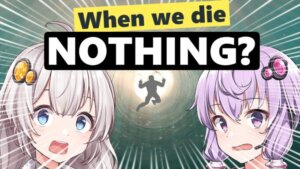
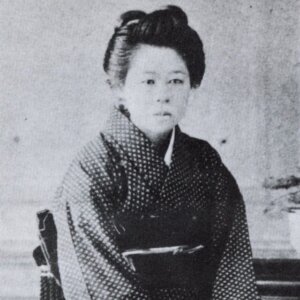
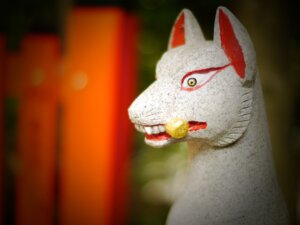

Comments